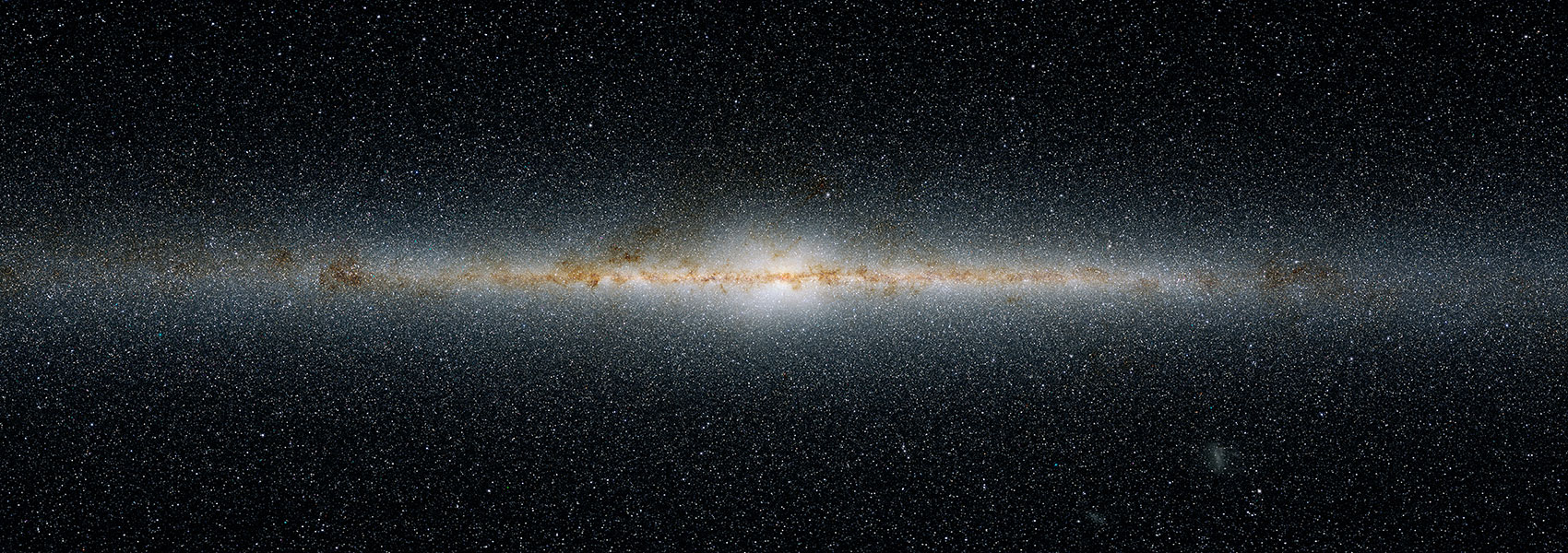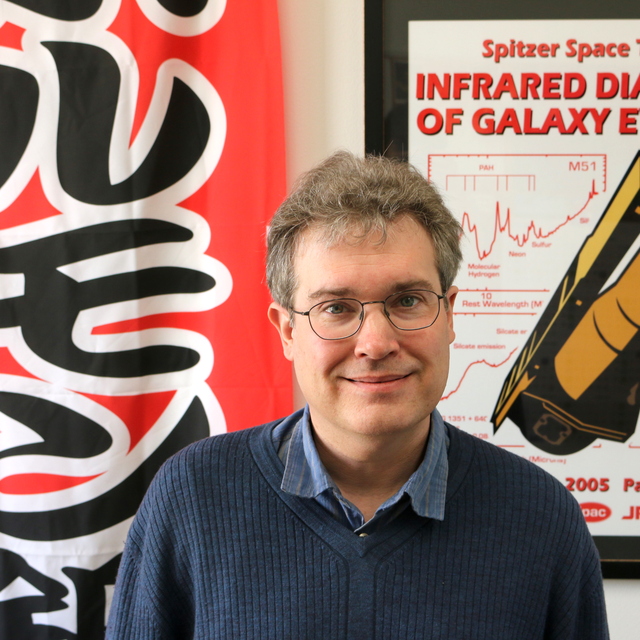
Galaxy Rest-frame UV Colors at z ∼ 2–4 with HST UVCANDELS
June 2025 • 2025ApJ...985..174M
Abstract
•
We present an analysis of rest-frame ultraviolet (UV) colors of 17,243 galaxies at z ∼ 2–4 in the Hubble Space Telescope UVCANDELS fields: GOODS-N, GOODS-S, COSMOS, and EGS. Here, we study the rest-frame UV spectral slope, β, measured via model spectra obtained via spectral energy distribution (SED) fitting, βSED, and explore its correlation with various galaxy parameters—photometric redshift, UV magnitude, stellar mass, dust attenuation, star formation rate (SFR), and specific SFR—obtained via SED fitting with DENSE BASIS. We also obtain measurements for β via photometric power-law fitting and compare them to our SED-fit-based results, finding good agreement on average. While we find little evolution in β with redshift from z = 2–4 for the full population, there are clear correlations between β (and related parameters) when binned by stellar mass. For this sample, lower-stellar-mass galaxies (log[M*] = 7.5–8.5 M⊙) are typically bluer (
Links
- SIMBAD https://simbad.u-strasbg.fr/simbad/sim-ref?querymethod=bib&simbo=on&submit=submit+bibcode&bibcode=2025ApJ...985..174M
- PDF https://iopscience.iop.org/article/10.3847/1538-4357/adcc1d/pdf
- PREPRINT http://arxiv.org/abs/2405.20901
- DATA https://archive.stsci.edu/mastbibref.php?bibcode=2025ApJ...985..174M
- ELECTR https://doi.org/10.3847/1538-4357/adcc1d




